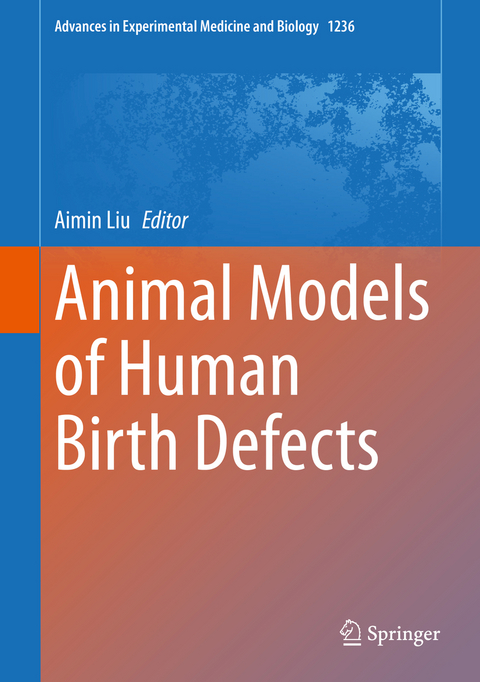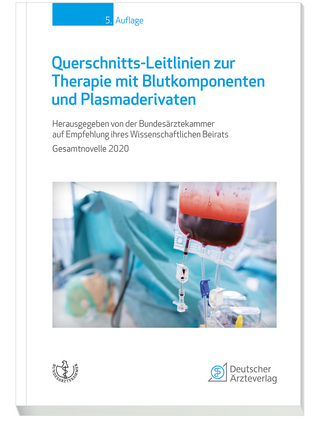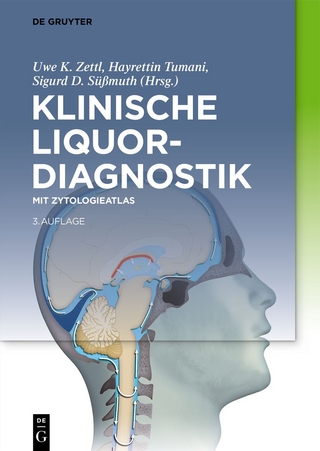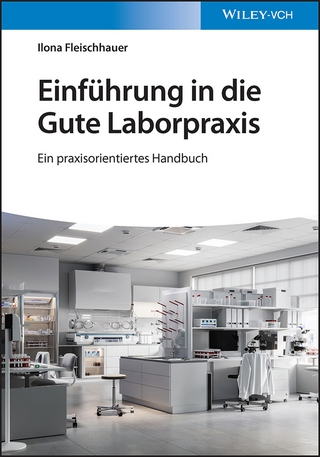
Animal Models of Human Birth Defects
Springer Verlag, Singapore
978-981-15-2388-5 (ISBN)
Dr. Aimin Liu completed his PhD at the lab of Dr. Alex Joyner at New York University School of Medicine, working on the roles of Fgf8 in mouse mid/hindbrain development. He subsequently worked as a Postdoc Fellow with Drs Lee Niswander and Kathryn Anderson at the Sloan-Kettering Institute in New York and University of Colorado at Denver, where he was involved in the genetic analysis of limb and neural tube development. He started his own lab at the Biology Department of the Pennsylvania State University, where he currently works as an Associate Professor. His research focuses on the roles of the primary cilium and the Hedgehog signaling pathway in mouse development. He is a member of AAAS and the Society for Developmental Biology.
Chapter 1: Using forward and reverse genetics in mouse to study birth defects.- Chapter 2: Using animals to study neural tube defects.- Chapter 3: Using animals to study ciliopathies.- Chapter 4: Using animals to model human skeletal defects.- Chapter 5: Understanding eye defects using animal models.- Chapter 6: Modelling kidney and urinary tract defects in animals.- Chapter 7: Pancreas development and type I diabetes.- Chapter 8: Using animals to study human birth defects affecting the functions of the digestive system.- Chapter 9: Modelling human birth defects with zebrafish.- Chapter 10: Modelling diseases with C. elegans.- Chapter 11: Infectious disease and birth defects.
| Erscheinungsdatum | 27.04.2020 |
|---|---|
| Reihe/Serie | Advances in Experimental Medicine and Biology ; 1236 |
| Zusatzinfo | 43 Illustrations, color; 11 Illustrations, black and white; VII, 244 p. 54 illus., 43 illus. in color. |
| Verlagsort | Singapore |
| Sprache | englisch |
| Maße | 178 x 254 mm |
| Themenwelt | Medizin / Pharmazie ► Medizinische Fachgebiete ► Laboratoriumsmedizin |
| Medizin / Pharmazie ► Studium | |
| Naturwissenschaften ► Biologie ► Zoologie | |
| ISBN-10 | 981-15-2388-6 / 9811523886 |
| ISBN-13 | 978-981-15-2388-5 / 9789811523885 |
| Zustand | Neuware |
| Haben Sie eine Frage zum Produkt? |
aus dem Bereich


